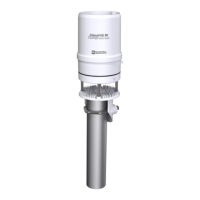Table 8-1: Standard ClimaVUE 50 SDI-12 commands
SDI-12 command
(a is the sensor
address)
Values returned Units
aAb!
b
Where: b = a new SDI-12 address
?! SDI-12 Address
1
The aR7!, aM!, aM1!, aM3!, and aC! commands reset the internal averaging, totalizing, and maximizing
processes.
2
The aR7! command resets the internal averaging, totalizing, and maximizing processes. To allow enough time to
internally initiate all measurements, this command only takes a measurement if 10 s have passed between the
commands. If a new measurement has not been taken, the sensor returns the last reported value, except for the
lightning strike count, which is interrupt based.
See SDI-12 sensor support (p. 41) for additional commands and details of the SDI-12 protocol.
8.1.1 Measurements at fast scan rates
Using the SlowSequence function allows the SDI-12 instruction to run as a background
process, causing minimum interference to other measurements that use the analog hardware.
Measuring the ClimaVUE 50 in a SlowSequence section of the program allows faster programs
to run as the main scan. However, if the data logger is too busy to complete all of its tasks, some
slow sequence commands may be skipped resulting in NANs (not a number) instead of
measurements.
8.2 Snow and ice accumulation
The ClimaVUE 50 is not heated, so it will not measure frozen precipitation until snow and ice that
have accumulated in the funnel melt. In locations with heavy snowfall or long periods below
freezing, snow accumulation will fill the funnel and no longer accumulate, leading to inaccurate
precipitation measurements even when the precipitation melts. Accumulation of snow, ice, or
frost also adversely affects the accuracy of the solar radiation measurement and can compromise
the wind measurements if accumulation occurs in the anemometer acoustic pathway or on the
acoustic mirror.
8.3 Heavy rain and strong wind
During strong storms, water can splash off of the horizontal bottom plate of the anemometer
envelope and interrupt the signal passing between the sonic transducers. The spikes on the
ClimaVUE 50 Compact Digital Weather Sensor 25

